13 Wines With the Least Sugar [Best Low Sugar Wine]
Welcome to the world of low sugar wines, a realm where sweetness takes a backseat, allowing other flavors to shine.
These wines, often referred to as "dry," are the result of a fermentation process where yeast consumes most of the sugar present in grapes, leaving behind minimal residual sugar.
In this guide, you'll find the wines that contain the least amount of sugar. I'll also show you the tips for identifying low sugar wines for yourself.
It's the wine guide your dentist has been dreading!
Understanding Sugar in Wines
Sugar, the sweet child of grapes, plays a pivotal role in winemaking. It's the fuel for fermentation, the process that transforms grape juice into the elixir we call wine.
The yeast feasts on the sugar, producing alcohol and carbon dioxide. The amount of sugar left after fermentation determines the sweetness of the wine.
Therefore, if fermentation is halted early to produce a lower alcohol wine, more sugar will remain. This is why most sweet wines are lower in ABV (with the exception of some fortified dessert wines).
Higher ABV wines are likely to contain less sugar as fermentation has been allowed to continue and the yeast has converted more sugar into alcohol.
However, sugar does more than just sweeten the deal.
It contributes to the balance of a wine, playing off against acidity, alcohol, and tannins to create a harmonious symphony of flavors.
Why Choose Low Sugar Wines?
Choosing low sugar wines can be a wise decision for several reasons, particularly when it comes to health and dietary considerations.
Low sugar wines typically have fewer calories than their sweeter counterparts. This can be a significant bonus for those who are mindful of their calorie intake or are trying to manage their weight.
The lower sugar content also means these wines are less likely to spike your blood sugar levels, making them a more diabetic-friendly choice.
Low sugar wines are also often lower in carbs, making them a suitable option for those following a low-carb or ketogenic diet. They allow you to enjoy a glass of wine without disrupting your dietary goals.
Some research suggests that moderate consumption of wine, particularly red wine, can have certain health benefits, such as promoting heart health.
However, these benefits can be offset by the negative effects of sugar. Therefore, opting for low sugar wines allows you to enjoy the potential health benefits of wine without the drawbacks of excess sugar.
There's also the aspect of flavor to consider. Sugar can sometimes mask more nuanced and delicate flavors and aromas with sweetness.
Identifying Low Sugar Wines
Deciphering the sugar content of a wine can feel like cracking a code. Labels might not always list sugar content, but there are clues.
Words like "dry," "extra dry," and "brut" often indicate lower sugar levels.
Also, higher alcohol content can hint at lower residual sugar, as more sugar has been converted into alcohol during fermentation.
Tasting notes can also guide you - wines described as crisp, tart, or robust are often lower in sugar.
Sparkling wines offer the clearest indication of the sugar they contain. In fact, wines like Champagne are required to list their sugar content.
Here's a look at what the terms mean:
As you can see there's a trap to be avoided here! When talking about regular white or red wines, the term 'dry' is an indication of low sugar.
However, with something like dry or extra dry Champagnes they're actually quite sweet wines.
For other wines, we can use the descriptors bone dry, dry, off-dry, sweet, and very sweet.
However, these are just general guidelines and are open to interpretation.
The 13 Lowest Sugar Wines
Ready to explore the landscape of low sugar wines?
Start with a classic Cabernet Sauvignon, a full-bodied red known for its depth and complexity.
Or try a Merlot, another dry red that balances fruitiness with lower sugar levels.
If you prefer whites, a Chardonnay or Pinot Grigio might be just the ticket. These wines are often dry, offering a crisp, refreshing alternative to sweeter white wines.
These are the wines to seek out if you need a low sugar option. Keep in mind that these are average sugar contents and they can fluctuate quite a lot depending on the winemaker.
For, the lowest sugar wines you really need to spend a bit more money. Cheap wines tend to accommodate the mass 'easy drinking' market and are usually quite sweet.
Red Wines
Red wines tend to be lower in sugar than white wines due to them being slightly higher in alcohol.
If you need a low sugar option, then these wines have got your back.
Syrah
Syrah, a type of low sugar wine, is a powerhouse of deep, intense flavors.
It's often described as full-bodied, with a dry profile that's a testament to its low sugar content.
Tasting notes often reveal dark fruits like blackberry and plum, accented by spicy, peppery undertones.
Syrah is a wine that commands your attention and pairs beautifully with hearty, robust dishes.
Pinot Noir
Pinot Noir is a red wine that's typically light to medium-bodied, with an enticingly fruity character.
Despite its vibrant berry flavors, it's usually low in sugar, falling into the dry category.
Its tasting notes often include cherries, raspberries, and strawberries, with hints of earthy undertones.
This versatile wine pairs well with a wide range of foods.
You can get some great Pinot Noir recommendations in our Costco guide.
Tempranillo
Tempranillo, a popular Spanish wine, is another excellent low sugar option.
It's typically dry and full-bodied, with a complexity that keeps you coming back for more.
Tasting notes often highlight flavors of plum and berries, with hints of tobacco and vanilla.
Tempranillo is a delightful partner to Spanish cuisine and other flavorful dishes.
Cabernet Sauvignon
Cabernet Sauvignon is a dry, full-bodied red wine known for its bold flavors and low sugar content.
Its tasting notes often reveal black cherry, black currant, and cedar, with a hint of vanilla from oak aging.
This wine is a classic choice for pairing with red meat and other rich dishes.
Don't miss our guide to Costco Cab for some great bottles to try.
Merlot
Merlot, while rich and velvety, is a low sugar wine.
It's typically dry, with a medium to full-bodied profile.
Tasting notes often include black cherry, plum, and chocolate, with a hint of herbal undertones.
Merlot is a crowd-pleaser and pairs well with a variety of foods, making it a versatile choice for any occasion.
White Wines
It's red wine varieties that lead the way when it comes to the lowest sugar content but there are some great white varietals that can be considered low sugar options too.
Pinot Grigio
Pinot Grigio is a white wine that's typically light-bodied and crisp, making it a refreshing choice for those seeking low sugar wines.
Its tasting notes often reveal green apple, pear, and a hint of citrus zest.
With its bright acidity and dry profile, Pinot Grigio is a versatile wine that pairs well with light dishes like seafood and salads.
Riesling (Dry)
Dry Riesling is a testament to the versatility of the Riesling grape.
Despite its reputation for sweetness, Riesling can produce beautifully dry wines that are low in sugar.
These wines often showcase vibrant citrus and green apple flavors, with a high acidity that adds a crisp, refreshing quality.
Dry Riesling pairs well with a variety of foods, from spicy dishes to seafood.
Chardonnay
Chardonnay is a full-bodied white wine that's typically dry and low in sugar.
Its tasting notes can vary widely depending on where it's grown and how it's made, but common flavors include apple, pear, and tropical fruits, often with a hint of buttery or toasty notes from oak aging.
Chardonnay is a classic choice for pairing with rich dishes like creamy pasta or roast chicken.
Don't miss our guide to great Costco Chardonnay for some top recommendations.
Viognier
Viognier is a white wine known for its aromatic, fruity profile.
Despite its lush, tropical fruit flavors, it's typically dry and low in sugar.
Tasting notes often highlight flavors of peach, tangerine, and honeysuckle.
Viognier is a full-bodied wine that pairs well with spicy and flavorful dishes, making it a delightful choice for those seeking low sugar alternatives.
Sauvignon Blanc
Sauvignon Blanc is a white wine that's typically dry and crisp.
Its vibrant acidity and fresh fruit flavors make it on of my absolute fav orite varietals.
Tasting notes often reveal a range of flavors from zesty lime to ripe tropical fruits, and sometimes a distinctive herbaceous quality reminiscent of freshly cut grass or bell pepper.
Sauvignon Blanc is a versatile wine that pairs exceptionally well with fresh seafood, goat cheese, and dishes with green herbs.
Don't miss our latest buying guides for Sauvignon Blanc: Less than $10, less than $15, less than $20.
Sparkling Wines
If you wan to be really exact about how much sugar is in your wine then sparkling wines are the best option. They are often defined by their sugar content.
These are the wines to keep an eye out for next time you're shopping.
Brut Nature Champagne
Brut Nature Champagne, also known as "zero dosage", is the driest style of Champagne and one of the lowest sugar wines available.
It contains less than 3 grams of sugar per liter, making it an extremely dry wine.
Despite its minimal sugar content, Brut Nature Champagne doesn't compromise on complexity or flavor.
Tasting notes often reveal green apple, citrus, and almond, with a crisp acidity that's beautifully balanced by the wine's rich, creamy texture.
The fine bubbles and persistent mousse add to the overall elegance of this wine. Brut Nature Champagne is a sophisticated choice that pairs well with a wide range of dishes, from seafood to poultry.
Brut Nature Cava
Brut Nature Cava is Spain's answer to a low sugar sparkling wine.
With less than 3 grams of sugar per liter, it's the driest category of Cava.
Despite its low sugar content, Brut Nature Cava offers a wealth of flavors.
Tasting notes often highlight green apple, pear, and citrus, with underlying notes of almond or toast from the traditional method of production.
The bubbles are fine and persistent, adding to the wine's refreshing and vibrant character.
Brut Nature Cava is a versatile pairing, making it a delightful companion to a range of dishes, from tapas to seafood paella.
Brut Nature Prosecco
Brut Nature Prosecco is the driest style of Prosecco, with less than 3 grams of sugar per liter.
This Italian sparkling wine, despite its low sugar content, doesn't skimp on flavor or charm.
Tasting notes often reveal green apple, pear, and white peach, with a hint of honeydew melon.
The bubbles are light and frothy, adding to the wine's lively and refreshing character.
Brut Nature Prosecco is a delightful aperitif and pairs well with light dishes, making it a versatile choice for any occasion.
How to Choose the Lowest Sugar Wines
Choosing great wines that are lower in sugar can be a bit of a puzzle, but with a few tips and tricks, you can navigate the wine aisle with confidence. Here's how:
Conclusion
Low sugar wines offer a world of flavors without the extra sweetness. Whether you're seeking them out for health reasons or simply prefer less sugar in your glass, these wines deliver on taste and complexity.
From the full-bodied Cabernet Sauvignon to the crisp Chardonnay, there's a low sugar wine to suit every palate.
So, here's to finding your perfect pour in the diverse world of low sugar wines!
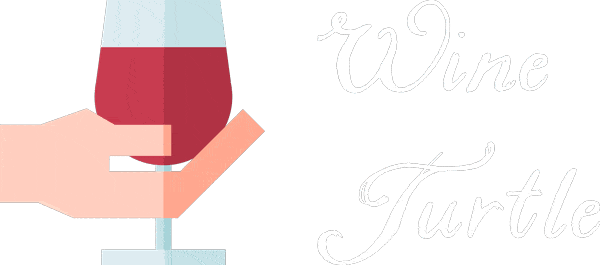
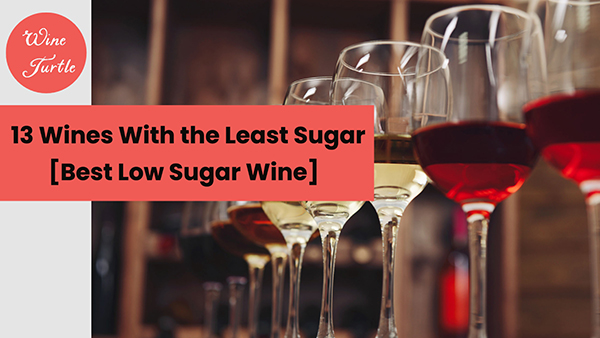
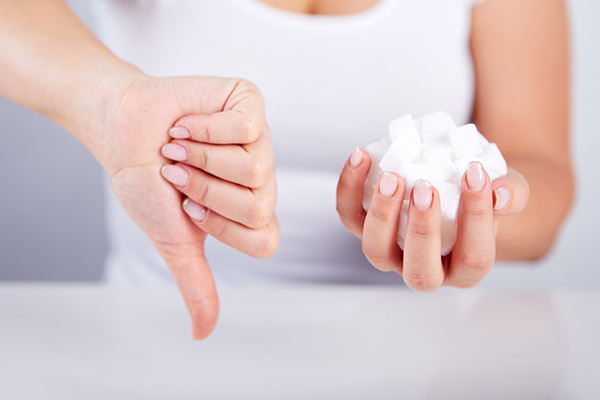
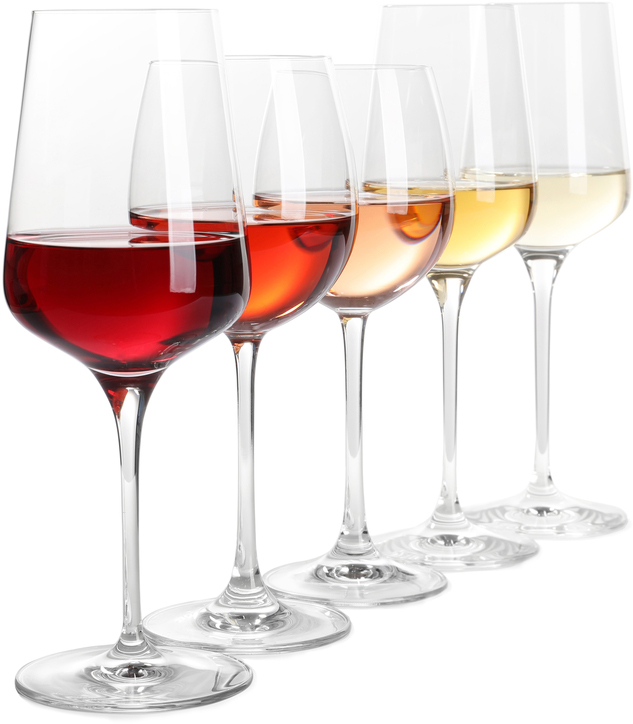
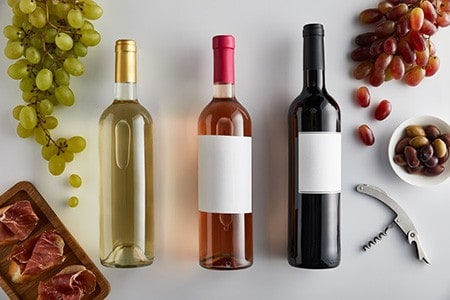












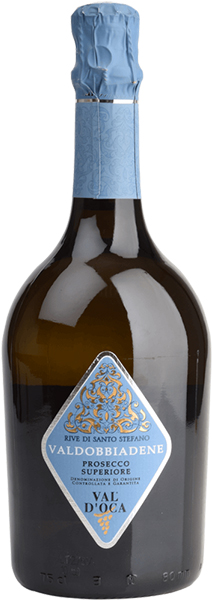
This was a most interesting and educational article.
I have discovered that your articles are easy to read and understand.
Thank you for caring enough to share your knowledge and expertise with the (everyday) wine drinker.
Having just read the latest research on how added sugars will cause this or that physical problem/disease/addiction, it was enlightening to read the pros and cons.
Thank you also for recommending some of the wines and stating their qualities.
It has been a pleasure spending time here on this site.
I look forward to using your advice to further my wine choices and experiences.
Thanks Nikki, I really appreciate your kind words. It’s great to hear you’re finding the site useful 🙂